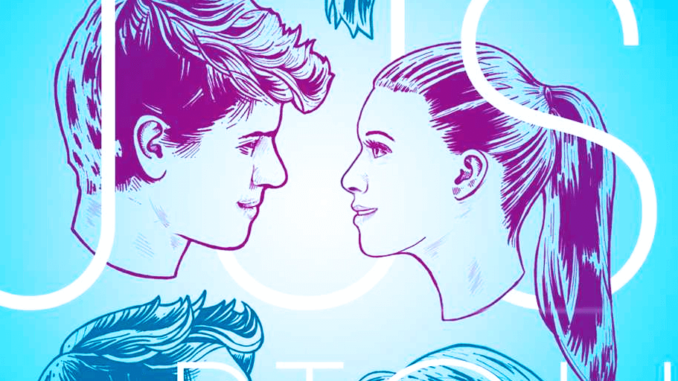
By Juliana Riverin
Staff Writer
In a perfect world, there would be no bad books. The novel “In a World Just Right,” by Jen Brooks, explores what would happen if someone had the power to create a perfect world, although the brilliant premise is severely hindered by one-dimensional characters and their superficial issues.
When Jonathan Aubrey was eight years old, he survived the plane crash that killed the rest of his family and discovered he had the power to create alternate worlds. As a teenager, he eventually creates a world in which he has friends and good grades. He is also dating the girl he has loved since the third grade, Kylie Simms.
However, his multiple lives get infinitely more complicated when one day he mistakes reality for his made-up world, and the two Simms develop a telepathic link.
Although it is not used to its fullest potential, the premise of alternate realities is the best facet of “In a World Just Right” because it has the prospect to go beyond traditional young adult novel trends. It provides a break from overused themes, such as rebellions against dystopian governments or star-crossed lovers.
This uncommon possibility for depth makes the novel stand out initially. However, it soon becomes evident that the premise is nothing more than wasted opportunity.
Instead of focusing on a meaningful idea, “In a World Just Right” focuses on the run-of-the-mill teenage problems encountered by its one-dimensional characters. For example, Jonathan only briefly struggles with the knowledge that he created a person and essentially forced her to love him, but describes where Kylie Simms chooses to sit in second period with painstaking detail.
The characters themselves are the crux of the problem with “In a World Just Right.” Jonathan is scared and self-pitying and alternates between obsessing over his own misfortunes and the two versions of Simms. While at first this seems understandable, it soon becomes tedious and boggs down the overall narrative.
Similarly, both Simms are cheap caricatures of what real teenage girls are actually like. For the majority of the novel, they alternate between hopelessly in love or over-dramatic and moody, which not only alienates the reader but also begs the question, “What does he see in Simms?”
The Simms invalidate the entire novel, since the love story is the lynchpin for the plot, and they seem incapable of anything other than clichéd moodiness.
In fact, for the majority of the novel, the love story between Simms and Aubrey is creepy as opposed to romantic. Furthermore, the only way readers are exposed to the situation is through Aubrey’s obsession, as he climbs through their windows in the middle of the night and stares at them while they sleep.
This makes the entire book uncomfortable because the unhealthy obsession shown by the characters makes it seem more likely that they will implode rather than earn a happily ever after.
Overall, “In a World Just Right” is a disappointing realization of great premise due to its focus on cheap, clichéd issues and one-dimensional characters.
“In A World Just Right” can be purchased digitally and in retail for $13.78.



Leave a Reply